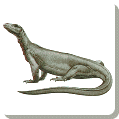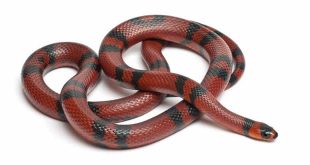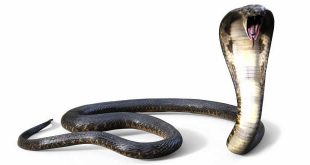 Komodo Dragon — The Komodo dragon (Varanus komodoensis), also known as the Komodo Monitor, Komodo Island Monitor, Ora (to the natives of Komodo), or simply Komodo, is a species of lizard which inhabits the islands of Komodo, Rinca, Flores, Gili Motang, and Gili Dasami in central Indonesia.
Komodo Dragon — The Komodo dragon (Varanus komodoensis), also known as the Komodo Monitor, Komodo Island Monitor, Ora (to the natives of Komodo), or simply Komodo, is a species of lizard which inhabits the islands of Komodo, Rinca, Flores, Gili Motang, and Gili Dasami in central Indonesia.
A member of the monitor lizard family Varanidae, and the clade Toxicofera, the Komodo is the largest living species of lizard, growing to an average length of 2–3 metres (approximately 6.5–10 ft). This great length is attributed to island gigantism, as there are no carnivorous mammals to fill the niche in the islands that they live on, and the Komodo dragon’s low metabolic rate. As a result of their great size, these lizards are apex predators, dominating the ecosystems in which they live.
Komodo dragons were only discovered by Western scientists in 1910. Their large size and fearsome reputation makes them popular zoo exhibits. In the wild their range has contracted due to human activities and they are listed as vulnerable by the IUCN. They are protected under Indonesian law and a national park, Komodo National Park, was founded in order to protect them.
Komodo dragons are found exclusively in Indonesia, on the islands of Komodo, Flores, and Rinca and on several islands of the Lesser Sunda archipelago.They prefer hot and dry places, and typically live in dry open grassland, savanna, and tropical forest at low elevations. As ectotherms, they are most active in the day, although they do exhibit some nocturnal activity. Komodo dragons are largely solitary, coming together only to breed and eat. They are capable of running rapidly in brief sprints (up to 20 kilometres per hour), are excellent swimmers (may dive up to 4.5 metres ), and climb trees proficiently through use of their strong claws. To catch prey that is out of reach, they may stand on their hind legs and use their tail as a support. As Komodo dragons mature, their claws are used primarily as weapons, as their great mass makes climbing impractical.
For shelter, Komodo dragons dig holes that can measure from 1–3 metres (3–10 ft) wide with their powerful forelimbs and claws. Because of their large size and habit of sleeping in these burrows, Komodo dragons are able to conserve body heat throughout the night and minimize their basking period the morning after.Komodo dragons typically hunt in the afternoon, but stay in the shade during the hottest part of the day.
 Kids Portal For Parents India Kids Network
Kids Portal For Parents India Kids Network


